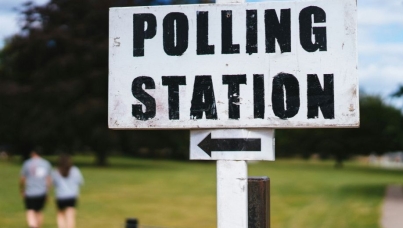Ipsos/Daily Mirror January Political Monitor
Sharp swing to Labour since December160
CON 40% (-3); LAB 32% (+6); LIB DEM 16% (-4)
Fieldwork: 26-28 January 2010
Ipsos's January Political Monitor (carried out by telephone between 26-28 January among 1,001 British adults aged 18 and over) shows, across those certain to vote, a sharp swing back to Labour.
Among those absolutely certain to vote, 40% intend to vote Conservative (a decrease of three percentage points from last month), 32% intend to vote Labour (up from 26%), which is the highest Labour vote share we have recorded since March 2009, and 16% for the Liberal Democrats (down from 20%).
The proportion of Labour supporters who are certain to vote has increased by nine points since last month (from 49% to 58%), so it may be the case that the resolve of Labour voters to `get out and vote' is increasing as the General Election approaches.
The government and Gordon Brown's ratings have also improved - a third (33%) are now satisfied with the way Gordon Brown is doing his job as Prime Minister (compared with 28% last month) and a quarter (25%) are satisfied with the Government (up from 21%).
Satisfaction with David Cameron has declined since December, with a net satisfaction (the percentage satisfied minus percentage dissatisfied) score of +3 now compared to +6 in December and +13 in November.
Nick Clegg remains, on balance, the most popular of the three main party leaders: his net satisfaction is now +16 (an increase of three points since last month) although a third (32%) are not able to answer.
160
Technical Details
Ipsos interviewed a representative sample of 1,001 adults aged 18+ across Great Britain. Interviews were conducted by telephone 26-28 January 2010.160 Data are weighted to match the profile of the population. Where percentages do not sum to 100, this may be due to computer rounding, the exclusion of "don't know" categories, or multiple answers.160 An asterisk (*) denotes any value of less than half a per cent. Voting intention figures exclude those who say they would not vote, are undecided or refuse to name a party and in the headline figures, those who are not absolutely certain to vote.160



